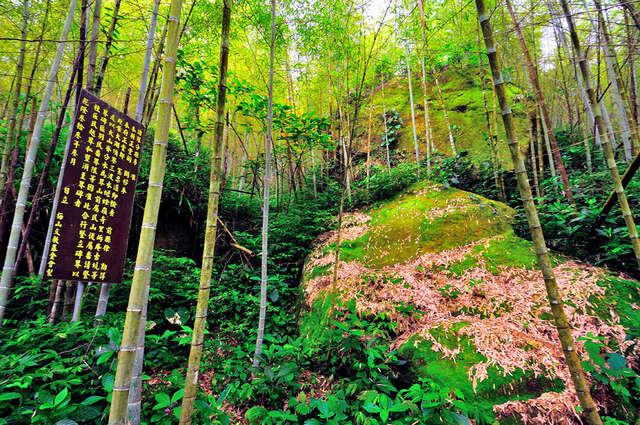Minfan Boundary Stone Introduction
"The Meishan Qinglong Indigenous Boundary Marker in Chiayi" is located on the road from Provincial Highway 162 towards Taiping Village. At the location marked with the sign for the 32 twists, turn left onto the industrial road and proceed for about 800 meters to see the standing marker. This boundary marker was established during the Qing Dynasty after the Kangxi Emperor to demarcate the boundary between mountainous areas and plains, with six original markers, of which the "Meishan Indigenous Boundary Marker" is the only one that remains. By the end of the Kangxi period, the mountainous areas of Chiayi were within the living territory of indigenous people. In the early Yongzheng period, there were no indigenous residents in Meishan, which easily became a gap for Han Chinese settlement. Since the Zheng period, Han people who first crossed the sea to Taiwan engaged in land reclamation and the establishment of settlements in the fertile Chiayi Plains, attracting more immigrants. As a result, during this time, immigrants from the indigenous homeland gradually encroached upon the mountainous areas of Chiayi, leading to a reduction in the living space of indigenous people, whose original rights were already affected.


































